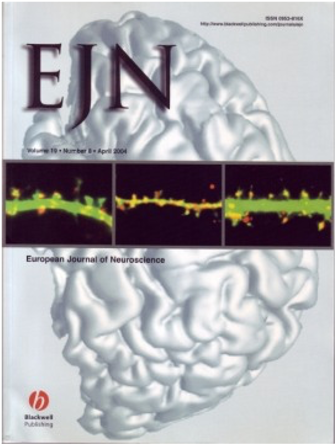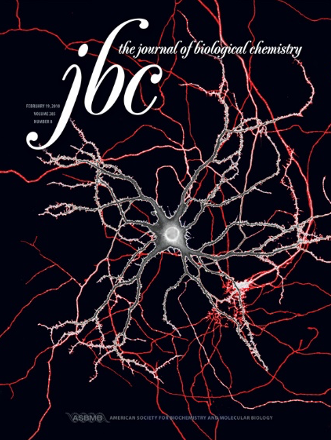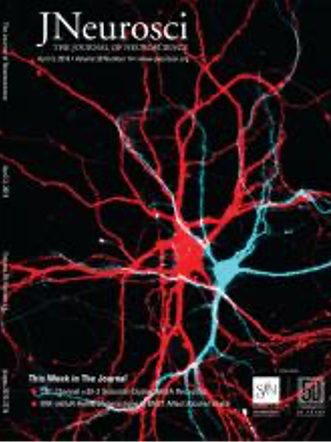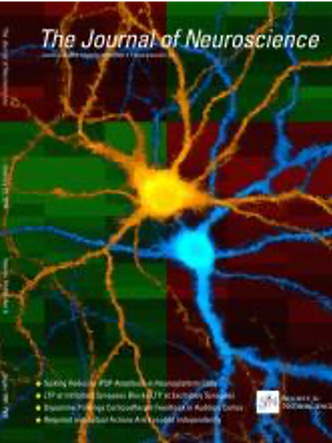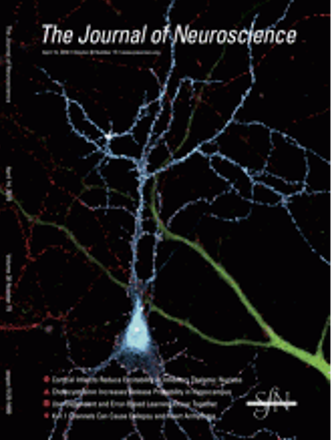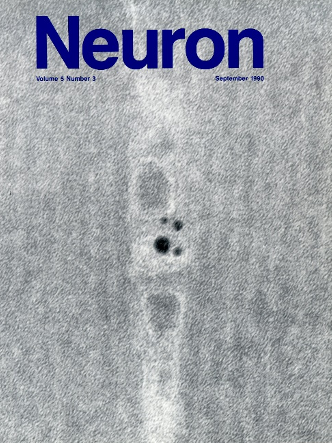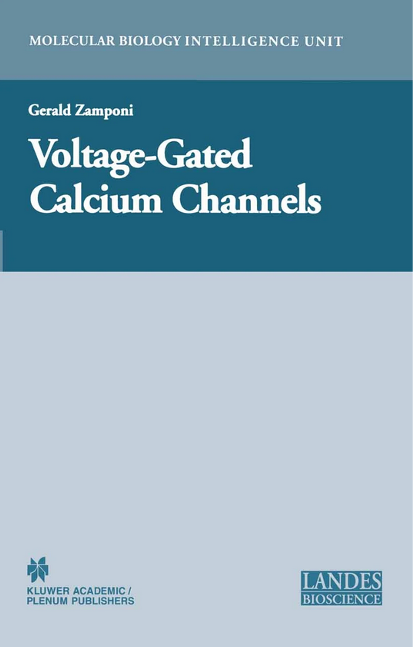Physiology of Calcium Channels / Neuro-Muscular Physiology
Group/personal information:
Group leader: Bernhard Flucher, Univ.-Prof. Dr.Phil.
Location: Schöpfstr. 41/1st floor, office 153
Email: Bernhard.e.flucher@i-med.ac.at
Phone: +43 (0) 512 9003 70836
ORCID: 0000-0002-5255-4705; https://orcid.org/0000-0002-5255-4705
Google Scholar: https://scholar.google.com/citations?user=DgJD49oAAAAJ&hl=de&oi=ao
ResearchGate: https://www.researchgate.net/profile/Bernhard-Flucher
Scientific interests:
Voltage-gated calcium channels control numerous functions of excitable cells. In fact, they are the only proteins able to sense electrical signals at the cell surface and convert them into cell functions like the contraction of skeletal and heart muscle, or action potential firing and synaptic transmission in the nervous system. Conversely, aberrant calcium channel function is the cause of numerous neurological or psychiatric diseases, and calcium channels are prime targets for therapeutics used to treat such ailments. Our research covers the entire scope from exploring the biophysical mechanisms of channel functions at the molecular level, to their roles in human physiology, as well as in nerve and muscle diseases. To this end, we are applying state-of-the-art genetic, molecular, biophysical, physiological and computational technologies. Trying to understand how calcium channels work and function in our body is our passion!
Current research topics:
- Mechanism of skeletal muscle excitation-contraction coupling
- Function of the voltage-sensors of CaV1 calcium channels
- Role of calcium signaling in the development of the neuro-muscular synapse
- The role of CaV3 calcium channels in neurodevelopmental disease and epilepsy
Main methodologies:
- Experimental systems: Molecular genetics, site-directed mutagenesis, transgenic technologies
- Functional analysis: Electrophysiology (patch-clamp recordings), fluorescent calcium recordings, and fluorescence microscopy techniques
- Experimental systems: Differentiated cell culture systems, genetic reconstitution of null-mutant muscle cells with normal and mutant calcium channels
- Computational approaches: Protein structure modeling, molecular dynamics simulation, simulation of neuronal excitability in the NEURON model
Current lab members:
Postdoctoral researchers:
Yousra El Ghaleb
PhD students:
Simone Pelizzari
Martin Heiss
Technical support:
Nicole Kranebitter
Matthias Winkler
Funding sources:
Fonds zur Förderung Wissenschaftlicher Forschung (FWF)
P35618 Regulation of Ca currents and EC coupling by CaV1.1 voltage sensors
P33270 The role of CaV1.1 calcium channels in presynaptic differentiation during neuromuscular junction development
DOC-30 CaVX PhD program: Calcium channels in excitable cells
Collaborators:
Marta Campiglio, MU Innsbruck
Monica Fernandez-Quintero, LFU Innsbruck
Petronel Tuluc, LFU Innsbruck
William Catterall, U Washington, Seattle, WA, USA
Selected publications:
- Pelizzari S, Heiss MC, Fernández-Quintero ML, El Ghaleb Y, Liedl KR, Tuluc P, Campiglio M, Flucher BE. CaV1.1 voltage-sensing domain III exclusively controls skeletal muscle excitation-contraction coupling. Nat Commun. 2024 Aug 28;15(1):7440. doi: 10.1038/s41467-024-51809-5. PMID: 39198449
- Kaplan MM, Zeidler M, Knapp A, Hölzl M, Kress M, Fritsch H, Krogsdam A, Flucher BE. Spatial transcriptomics in embryonic mouse diaphragm muscle reveals regional gradients and subdomains of developmental gene expression. iScience. 2024 May 17;27(6):110018. doi: 10.1016/j.isci.2024.110018. PMID: 38883818.
- Fernández-Quintero ML, El Ghaleb Y, Tuluc P, Campiglio M, Liedl KR, Flucher BE. Structural determinants of voltage-gating properties in calcium channels. Elife. 2021 Mar 30;10:e64087. doi: 10.7554/eLife.64087. PMID: 33783354.
- El Ghaleb, Y., Schneeberger, P.E., Fernández-Quintero, M.L., Geisler, S.M., Pelizzari, S., Polstra, A.M., van Hagen, J.M., Denecke, J., Campiglio, M., Liedl, K.L., Stevens, C.A., Person, R.E., Rentas, S., Marsh, E.D., Conlin, L.K., Tuluc, P., Kutsche, K., and Flucher, B.E. (2021) CACNA1I gain-of-function mutations differentially affect channel gating and cause neurodevelopmental disorders. Brain, doi: 10.1093/brain/awab101. PMID: 33704440
- Kaplan, M.M., Sultana, N., Benedetti, A., Obermair, G.J., Linde, N.F., Papadopoulos, S., Dayal, A., Grabner, M., and Flucher, B.E. (2018) Calcium influx and release cooperatively regulate AChR patterning and motor axon outgrowth during neuromuscular junction formation. Cell Rep., 23:3891-3904. doi: 10.1016/j.celrep.2018.05.085. PMID: 29949772
- Campiglio, M., Costé de Bagneaux, P., Ortner, N., Tuluc, P., Van Petegem, F., and Flucher, B.E. (2018) STAC proteins associate to the IQ domain of CaV1.2 and inhibit calcium-dependent inactivation Proc. Natl. Acad. Sci. USA, 115:1376-1381. doi: 10.1073/pnas.1715997115. PMID: 29363593
- Tuluc, P., Yarov-Yarovoi, V., Benedetti, B., and Flucher, B.E. (2015) Molecular interactions in the voltage sensor controlling gating properties of CaV calcium channels. Structure, 24:261-271. doi: 10.1016/j.str.2015.11.011. PMID: 26749449
- Di Biase, V., Tuluc, P., Campiglio, M., Obermair, G.J., Heine, M. and Flucher, B.E. (2011) Surface traffic of dendritic CaV1.2 calcium channels in hippocampal neurons. J. Neurosci., 31:13682–13694. doi: 10.1523/JNEUROSCI.3213-08.2008. PMID: 19091974
- Tuluc, P., Kern, G., Obermair, G.J., Kugler, G., and Flucher, B.E. (2007) Depletion of the a2d-1 subunit from L-type Ca2+ channel alters cardiac action potential duration and myoplasmic Ca2+ transients. Natl. Acad. Sci. USA, 104:11091-11096. doi: 10.1073/pnas.0700577104. PMID: 17563358
- Neuhuber, B., Gerster, U., Döring, F., Glossmann, H., Tanabe, T., and Flucher, B.E. (1998) Interactions of Ca2+ channel subunits: Association of a1S and b1a is required for targeting of b1a but not of a1S into skeletal muscle triads. Natl. Acad. Sci. USA 95, 515-520. doi: 10.1073/pnas.95.9.5015. PMID: 9560220
- Flucher, B.E., Andrews, S.B., Fleischer, S., Marks, A.R., Caswell, A., and Powell, J.A. (1993) Triad formation: Organization and function of the SR calcium release channel and triadin in normal and dysgenic muscle in vitro. Cell Biol. 123, 1161-1174. doi: 10.1083/jcb.123.5.1161. PMID: 8245124
- Flucher, B.E., Morton, M.E., Froehner, S.C. and Daniels, M.P. (1990) Localization of the a1 and a2 subunit of the dihydropyridine receptor and ankyrin in skeletal muscle triads. Neuron 5, 339-351. doi: 10.1016/0896-6273(90)90170-k. PMID: 2169270
- Flucher, B.E. and Daniels, M.P. (1989) Distribution of Na+ channels and ankyrin in neuromuscular junctions is complementary to that of acetylcholine receptors and the 43K protein. Neuron 3, 163-175. doi: 10.1016/0896-6273(89)90029-9. PMID: 2560390
Full publication list:
https://pubmed.ncbi.nlm.nih.gov/?term=Flucher%20B
Alumni:
Birgit Neuhuber
Ulli Gerster
Nicole Kasielke
Monika Hitzl
Gerald Obermair
Georg Kern
Petronel Tuluc
Valentina Di Biase
Zolt Szabo
Bettina Schlick
Prakash Subramanyam
Marta Campiglio
Benjamin Nimmervoll
Solmaz Etemad
Ruslan Stanika
Clemens Dlaska
Bruno Benedetti
Nasreen Sultana
Pierre Coste de Bagneaux
Vincenco Mastrolia
Mehmet M. Kaplan
Monica Fernández-Quintero
Journal/book covers:
